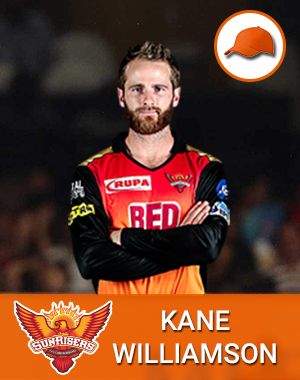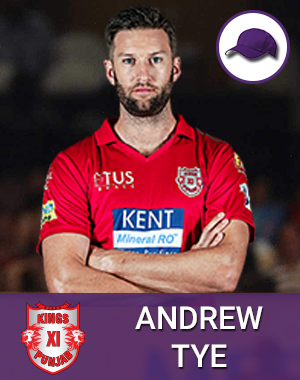Breaking News
IPL 2018 Final In
POINTS TABLE 2018
See All Stats| Pos | PLD | NRR | PTS | FORM | |
|---|---|---|---|---|---|
| Q |

SRH |
14 | +0.284 | 18 | W L L L |
| Q |

CSK |
14 | +0.253 | 18 | L W L W |
| Q |

KKR |
14 | -0.070 | 16 | L W W W |
| Q |

RR |
14 | -0.250 | 14 | W W L W |
| 5 |

MI |
14 | +0.317 | 12 | W L W L |
| 6 |

RCB |
14 | +0.129 | 12 | W W W L |
| 7 |

KXIP |
14 | -0.502 | 12 | L L L L |
| 8 |

DD |
14 | -0.222 | 10 | L L W W |

MVP OF THE DAY



Kane Williamson
685 Runs








